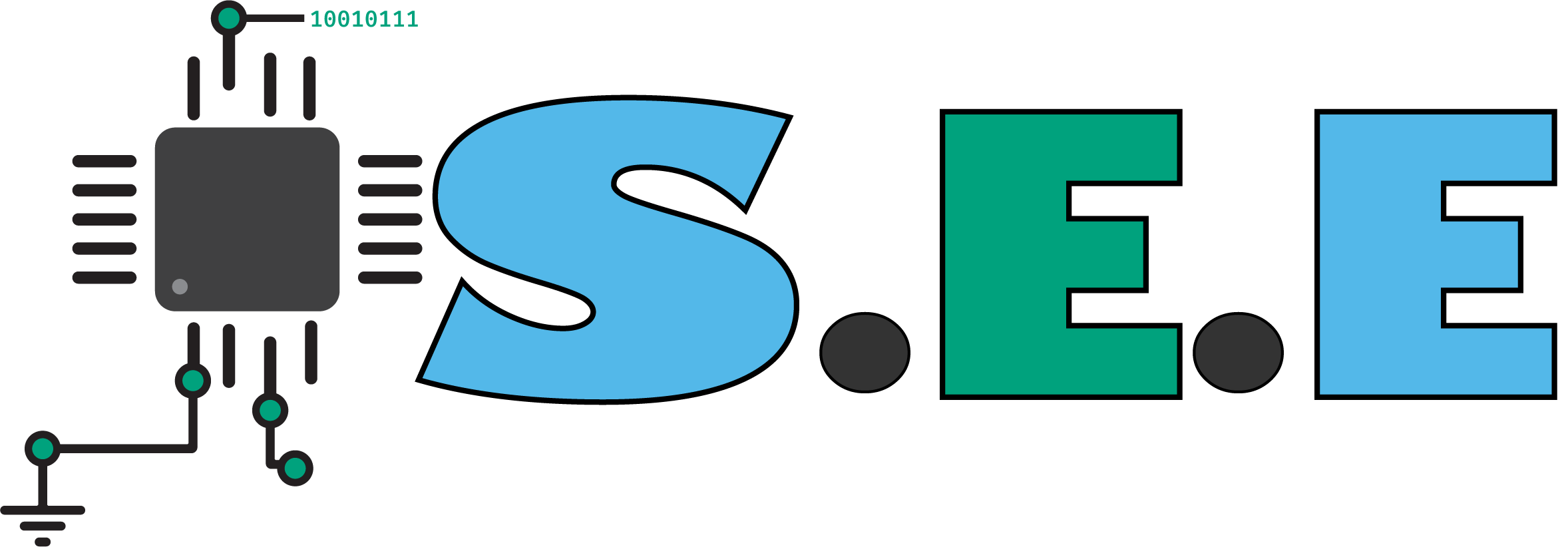Blog
Nordic nRF52 vs nRF53 Series – Which is better?
- July 15, 2024
- Posted by: Sumair Raza
- Category: Embedded Systems Development

The Nordic nRF52 series is a family of highly integrated, ultra-low power, 2.4GHz wireless System-on-Chips (SoCs) that are designed for Bluetooth Low Energy (BLE) and other 2.4GHz wireless applications. The nRF52 series offers high performance, advanced features, and a wide range of options for power management and RF performance.
Some key features of the nRF52 series include: Support for BLE 5.2 and earlier versions, including long-range and direction-finding features. A powerful 64 MHz, 32-bit Arm Cortex-M4F processor with 1MB flash and 256kB RAM memory. A wide range of options for power management, including on-chip DC/DC converters and support for ultra-low power modes. Advanced security features, such as AES-128 encryption and secure boot. Support for a wide range of wireless protocols, including Zigbee, Thread, ANT, and 2.4GHz proprietary protocols. The nRF52 series is widely used in a variety of applications such as personal wearables, home automation, industrial automation, sports and fitness, healthcare, and the Internet of Things (IoT) applications. The nRF52 series is supported by the Nordic SDK (Software Development Kit) which provides a wide range of libraries, examples and tools to help developers quickly and easily create applications for the nRF52 series.
Microcontrollers present in this series:
nRF52832 – This device has 512kB flash and 64kB RAM memory. It has a 32-bit Arm Cortex-M4F processor and supports BLE 5.2, ANT, and 2.4GHz proprietary protocols. It also has advanced security features, such as AES-128 encryption and secure boot, and a wide range of options for power management.
nRF52833 has following features: 512kB flash and 64kB RAM memory 32-bit Arm Cortex-M4F processor Support for BLE 5.2, Zigbee 3.0, Thread, and 2.4GHz proprietary protocols. Advanced security features, such as AES-128 encryption and secure boot. A wide range of options for power management, including on-chip DC/DC converters and support for ultra-low power modes. Supports USB 2.0 full-speed controller It also has a built-in NFC-A Tag for out-of-band pairing
nRF52840 – This device has 1MB flash and 256kB RAM memory. It has a 32-bit Arm Cortex-M4F processor, supports BLE 5.2, Thread, Zigbee, ANT, and 2.4GHz proprietary protocols. It also has advanced security features, such as AES-128 encryption and secure boot, and a wide range of options for power management.
nRF52805 – This device has 256kB flash and 32kB RAM memory. It has a 32-bit Arm Cortex-M4F processor, supports BLE 5.2, and 2.4GHz proprietary protocols. It also has advanced security features, such as AES-128 encryption and secure boot, and a wide range of options for power management.
nRF52810 – This device has 256kB flash and 32kB RAM memory. It has a 32-bit Arm Cortex-M4F processor, supports BLE 5.0, and 2.4GHz proprietary protocols. It also has advanced security features, such as AES-128 encryption and secure boot, and a wide range of options for power management.
nRF52811 – This device has 256kB flash and 32kB RAM memory. It has a 32-bit Arm Cortex-M4F processor, supports BLE 5.1, and 2.4GHz proprietary protocols. It also has advanced security features, such as AES-128 encryption and secure boot, and a wide range of options for power management.
Key Features and microcontrollers in nRF53 Series: The nRF53 series includes several microcontroller (MCU) options, each with different memory, peripheral, and power management options. Some of the microcontrollers that are currently included in the nRF53 series are:
nRF5340: This is the flagship device of the nRF53 series, it has a powerful Arm Cortex-M33 CPU with a FPU, support for Bluetooth 5.2, Thread 1.2, Zigbee 3.0, and 2.4GHz proprietary protocols. It has 1MB flash and 256kB RAM memory, also it has support for USB 2.0 Full-Speed controller and NFC-A Tag.
nRF5330: This device has the same features of the nRF5340 but with smaller memory options of 256kB flash and 64kB RAM.
nRF5320: This device has the same features of the nRF5340 but with smaller memory options of 128kB flash and 32kB RAM.
nRF5310: This device has the same features of the nRF5340 but with smaller memory options of 64kB flash and 16kB RAM.
Keep in mind that the nRF53 series is relatively new and not all devices have been released yet, so the devices and their features may change over time. It’s recommended to check the official website of Nordic Semiconductor to check for new devices and updates.
nrf52 vs nrf53? which is better for you?
Both the nRF52 and nRF53 series are powerful and versatile platforms that can be used in a wide range of wireless applications. However, depending on the specific needs and goals of your project, one series may be more suitable for a beginner than the other.
The nRF52 series is considered a mature platform and has been widely adopted in the industry, it has a wide range of devices with different memory and peripheral options, this variety of options makes it easier for beginners to find a device that meets their requirements. The nRF52 series also has a large community of developers and a wealth of resources available online, making it easier to find solutions to common problems and learn from others’ experiences. Additionally, the nRF52 series has a well-established development ecosystem, which includes a wide range of development kits, software development tools, and libraries.
On the other hand, the nRF53 series is relatively new, and it offers more advanced features and capabilities than the nRF52 series, such as support for Bluetooth 5.2 and Thread 1.2, increased memory options, advanced security features, and enhanced power management options. However, as a beginner it may take more time to understand the features and capabilities of the new devices and how to use them effectively. Additionally, the development ecosystem for the nRF53 series may not be as mature as the nRF52 series, which could make it harder for beginners to find resources and support.
Overall, the nRF52 series may be a better choice for beginners, as it has a more established development ecosystem and a wealth of resources available online, making it easier to learn and develop wireless applications. However, if your project requires the advanced features and capabilities of the nRF53 series, it could be worth the extra effort to learn and work with the new devices.
Conclusion By learning about the nRF52 series, beginners will gain a solid foundation in embedded systems and wireless engineering, which are in high demand in today’s job market. Not only that, but the nRF52 series is widely used in a variety of applications such as IoT, wearables, and home automation, so learning about it will open up a wide range of opportunities for career advancement. Plus, with our comprehensive and hands-on approach to teaching, you will have the skills and confidence to start developing your own projects and bring your ideas to life. Click the button to check out the course now…
